As Kate climbs to the top of the Nördlingen’s church tower, she briefly enjoys the view of this small Bavarian town and turns her head to look at some tiny, shiny features on the wall.
Her second week on the Pangaea training course has kicked in. She has caught the micro-diamonds in the stone – mineralogical evidence that a meteorite formed the crater in which the town sits.

“Kate is a quick learner and has immersed herself into the course dynamics in no time. She is absorbing in a few days an amount of geological information that could take university students months to learn,” says proudly Francesco Sauro, Pangaea’s course director.
“She and ESA astronaut Andreas Mogensen are describing outcrops like professionals and asking very tough questions,” he adds.
Kate is not the first American to set foot in this corner of Germany. Half a century ago, the crews of Apollo 14 and 17 chose to study the Ries crater before their flight to the Moon because it is one of the best-preserved impact craters on Earth. This is why, on the second week of Pangaea 2021, leading European scientists teach the geology of the Moon here.
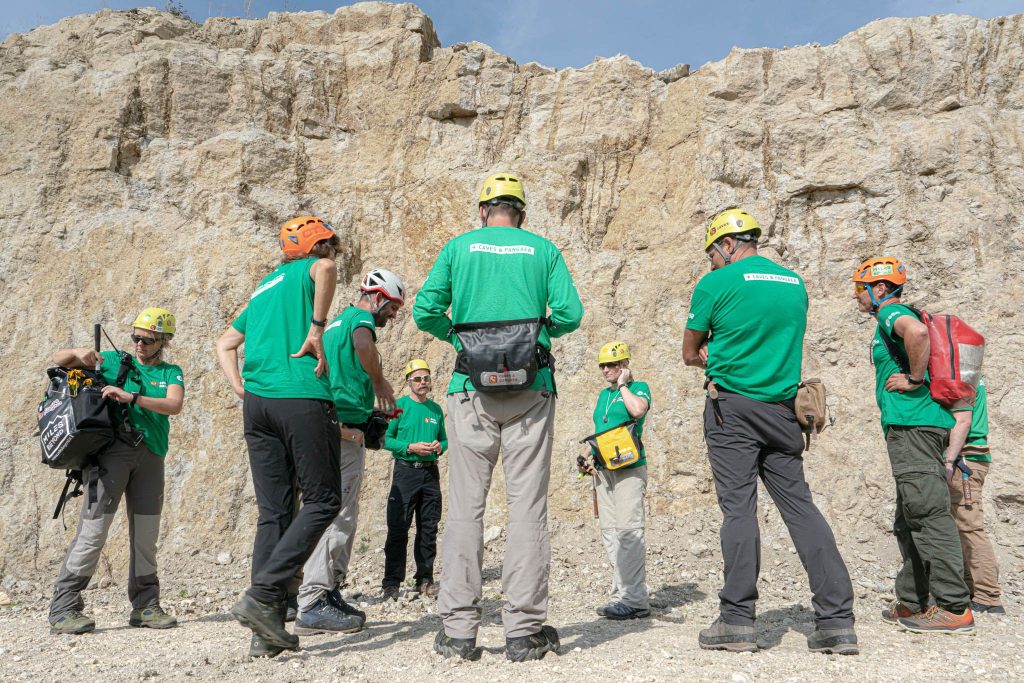
It is a fitting place to be for her, as she is part of the group of Artemis astronauts and could become the first American woman to land on the Moon. She has spent a total of 300 days in space and conducted four spacewalks across her two flights to the International Space Station. Kate became the first person to sequence DNA in space.
Earth protection
Despite her impressive spaceflight career, Kate still considers herself “primarily a scientist.” With the image of our planet as seen from orbit still fresh in her memory, this microbiologist is in her element doing sample collection, listening to lectures and looking through the microscope.
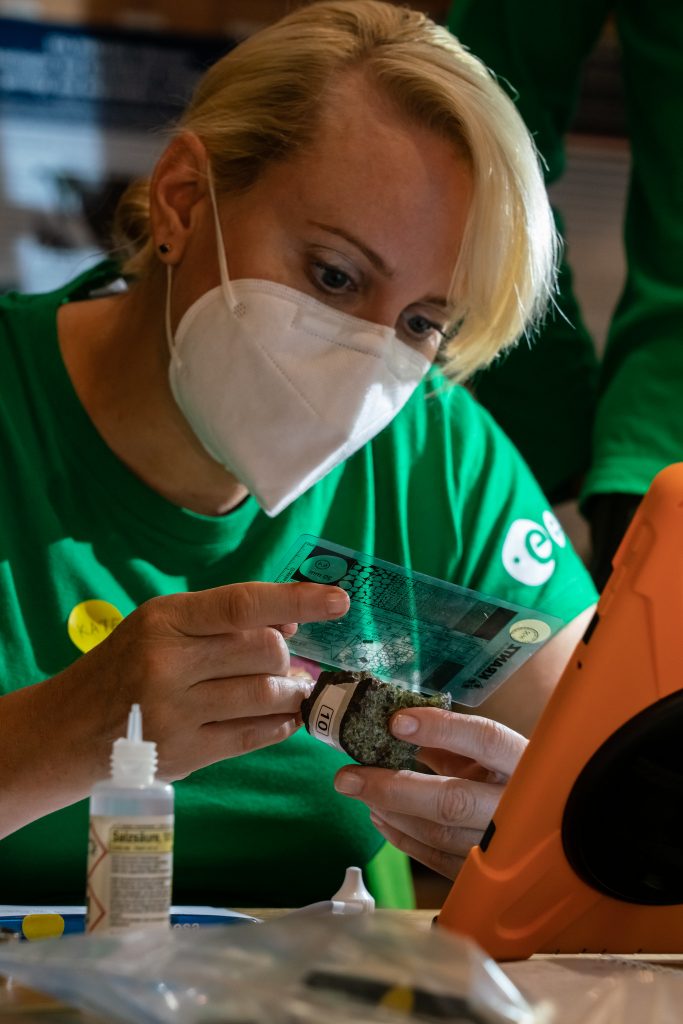
“I have some experience in the field collecting biological samples and using techniques to avoid contamination,” she modestly says. Kate is familiar with planetary protection protocols, a topic covered during the Pangaea lessons, and has even given a lecture for the Committee of Space Research (COSPAR) from the International Space Station.
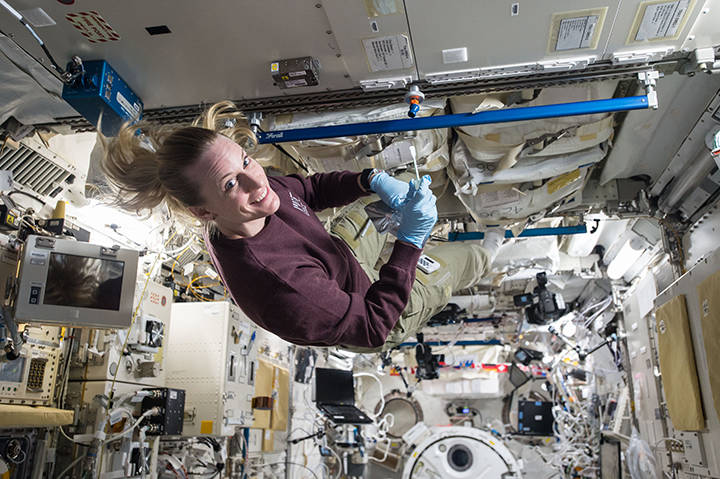
Enhanced learning
The scientist in her values the time spent in the classroom. “I think the methodology of this course is very good – I am getting a lot out of it,” she says.
From recognising features in a landscape to identify a sample to knowing how to communicate with scientists on Earth, she finds that she is being equipped with solid skill sets. To her, Pangaea excels at covering “everything from the basics of planetary geology to some very specific mission-driven objectives.”
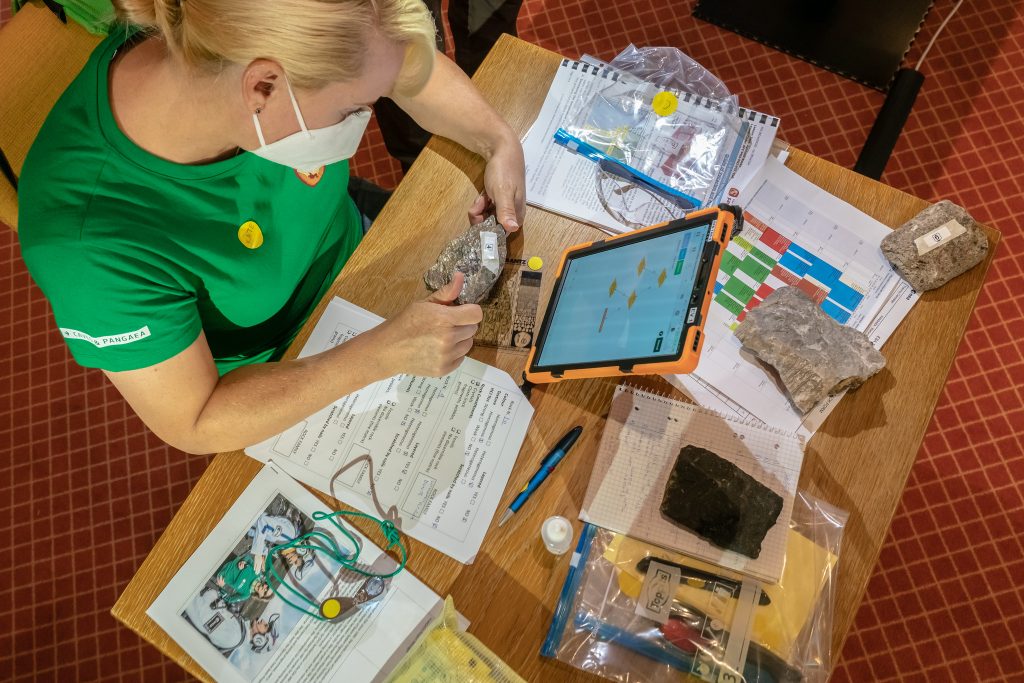
Kate is also at ease trying out what she has learned on the field, and values the practical applications for planetary exploration, such as the Electronic Field Book.
Just over ten days into the course, she is ready to take in more for her advanced training to the next destination – the Moon.
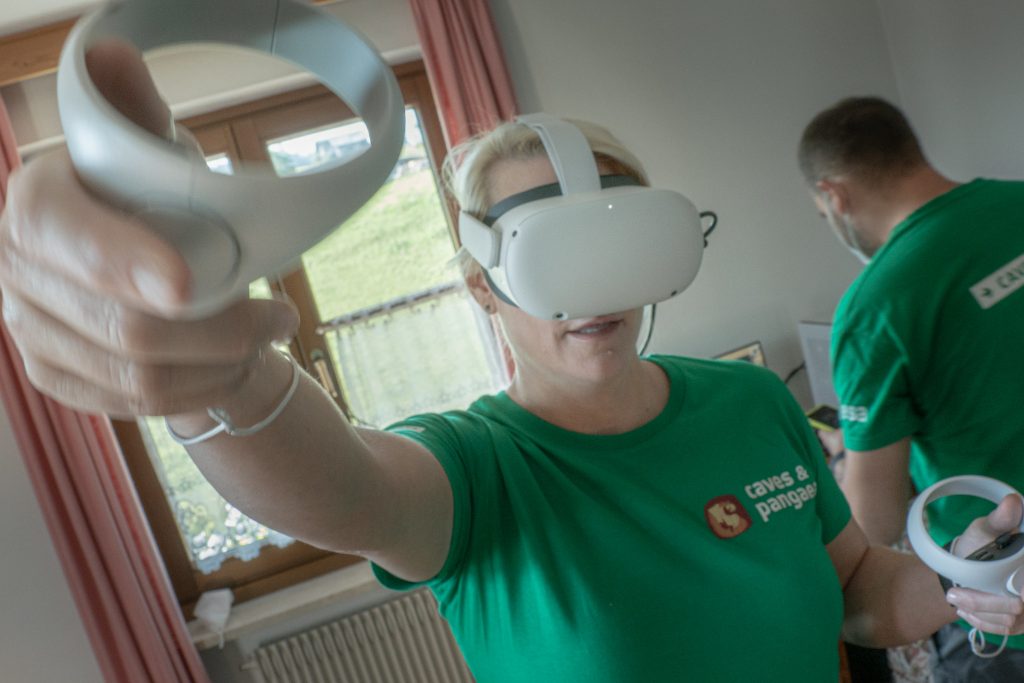

Discussion: 2 comments
Who were the geology teachers in the Ries?
PS: I -together with Mike McEwen- initiated the field trip of the Apollo 14 crew to the Ries.
I am simply curious who taught and what was shown 50 years later, when we know so much more about the Moon (and the Ries) than in the 1970-1971 time frame? Any field trip report?
Much appreciated
Fred Horz
Dear Fred,
Thank you so much for your enquiry and your interest.
Pangaea instructors are: Matteo Massironi (University of Padova), Francesco Sauro (University of Bologna), Nicolas Mangold (University of Nantes), Harald Hiensinger (University of Muenster), Charles Cockell (University of Edinburg), and Riccardo Pozzobon (University of Padova).
Then for each geological site there are local geologists. In Ries they are Stefan Hoeltz (University of Muenster, Ries Crater Museum) and Gisela Poesges (Geopark Ries).
Trainees are brought to field locations with the goal of discovering the geological processes and products of impacts, and to compare an Earth with planetary analogues – specifically the Moon. They are introduced with all current theories and current open science questions about the Moon, and they learn about best locations and tools to answer those questions, amongst other.
They also visited Apollo Moon sites and overlayed spectral images and geological maps over the site. A fun fact: they had a close look in VR at the photogrammetric image of the famous Apollo 17 boulder.
They do not produce a field report, that is not a task for astronauts. They need to be able to be effective field partners for planetary scientists during future missions. And boy, they were extremely good at geological observations, descriptions and inferences. During the next session in Lanzarote they will start executing geological traverses and will document them with the Electronic Field Book. After Pangaea, they will be ready to be trained in specific geological sites and operations, they have acquired the language and mind set of a field geologist.
I hope this can answer your questions!
Loredana Bessone, Pangaea’s project lead.